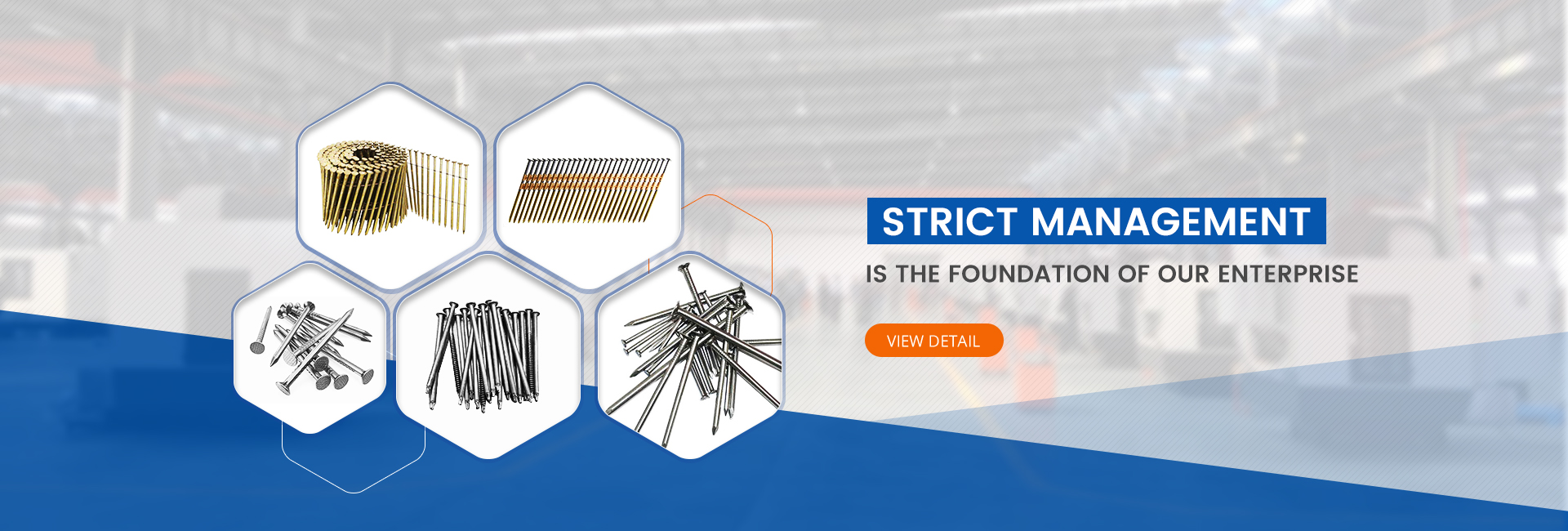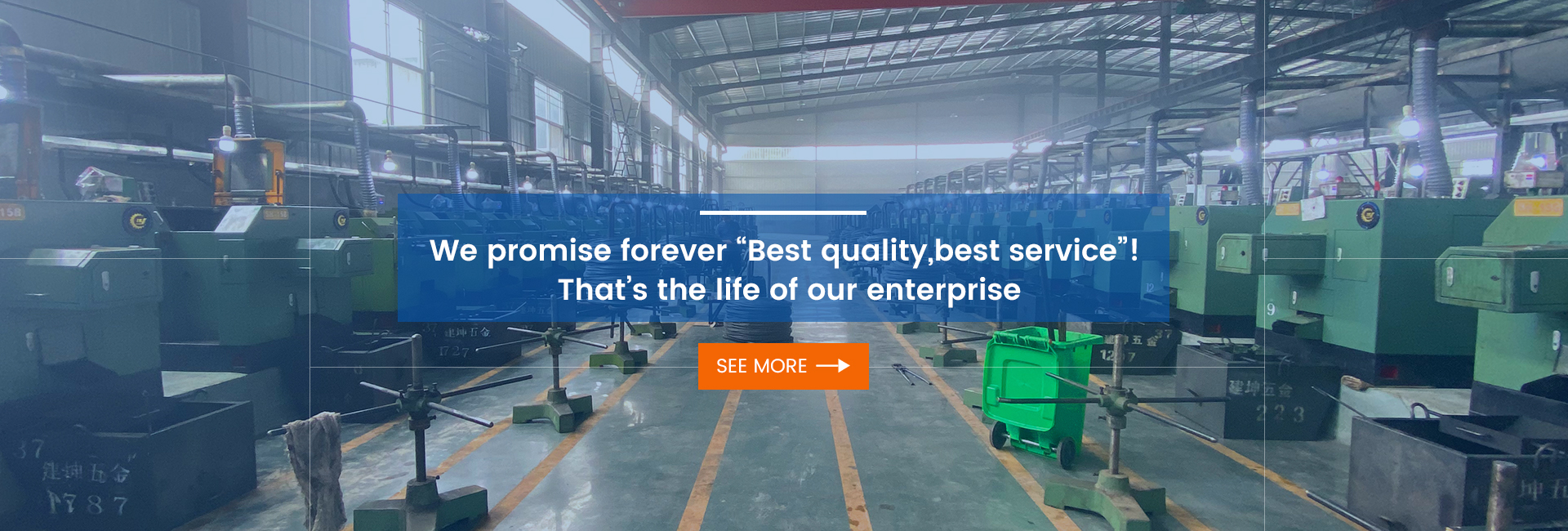As an important fastener in construction and manufacturing, the Drill and Tail Screw stands out for its unique design and excellent performance in a variety of applications. In this article, we will discuss the features and benefits of drill and tail screws and their wide range of uses in real-world applications.
Design and Features of Self Drilling Screws
The tail of the drill tail screw is drilled or pointed, this design makes it possible to drill, tap and lock directly on the inlay and base material without first drilling holes in the workpiece. This is made possible by the special shape of the tail and the thread design, which allows the drilling and fixing process to be completed in a single operation.
Advantages of Self Drilling Screws
Drill and Tail Screws have the following significant advantages over conventional screws:
High Toughness and Strong Holding Power: The material and design of Self Drilling Screws enable them to perform well in high-strength applications, and they can remain stable in long-time bonding without loosening easily.
Easy and Safe to Use: Self Drilling Screws are designed so that drilling and tapping can be done in a single operation, eliminating the need for pre-drilling and saving significant time and labor.
Time and Labor Saving: By eliminating the need for pre-drilling, Self Drilling Screws are able to dramatically increase efficiency during the installation process, reducing the number of construction steps and tools used.
Applications for Self Drilling Screws
Self Drilling Screws are widely used for fixing a wide range of metallic and non-metallic plates and have a wide range of applications:
Sheet metal fixing: In sheet metal fasteners, Self Drilling Screws are often used to lock sheet metal to ensure a strong and durable connection.
Non-metallic sheet fastening: Self Drilling Screws are also suitable for fastening calcium silicate boards, gypsum boards and various wooden boards to metal sheets, providing a stable support and connection.
Avoid damage and scratches: Self Drilling Screws are designed with a structurally sound design that locks the metal plate to the mating plate, avoiding damage and scratches to the mating plate and ensuring material integrity during installation.
Practical cases and applications
In building construction, Self Drilling Screws are commonly used in the installation of metal plates on roofs and walls, which can quickly and securely complete the connection work. In furniture manufacturing, Self Drilling Screws are used to fasten wood panels to metal frames, providing an efficient and convenient solution.
Future Development Trends
As technology continues to advance and market demands diversify, Self Drilling Screws will continue to innovate in materials, design and manufacturing processes. In the future, Self Drilling Screws with higher strength and better corrosion resistance will be gradually introduced to further meet the needs of various high-end applications.
Conclusion
As an efficient and convenient fastener, Self Drilling Screws play an important role in the construction and manufacturing fields with its unique design and excellent performance. Their advantages of high toughness, strong holding power and ease of use make them ideal for fastening metallic and non-metallic plates. With the continuous development of technology, Self Drilling Screws will show greater application potential and market value in the future.
Post time: May-31-2024



